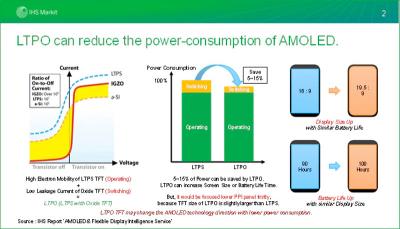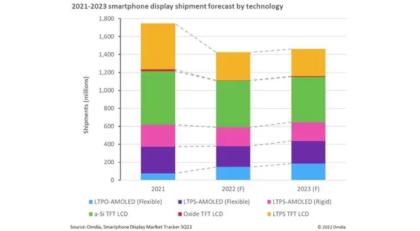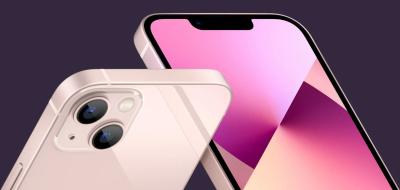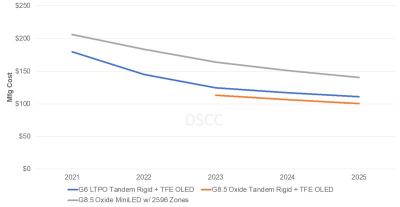Omdia: the smartphone market is shrinking, but the LTPO-AMOLED display segment is growing fast
Market research firm Omdia says that the global smartphone market is shrinking, and is set to fall 18% in 2022 to 1.425 billion units. LTPS AMOLED display shipments will decline 19% compared to 2021 to 44 million units (LCDs will decline even faster at 26%).
The only segmented that Omdia says is growing is the LTPO AMOLED one, with a fast growth of 94% in 2022 (to 148 million units), and will continue to grow in 2023 (25%).











